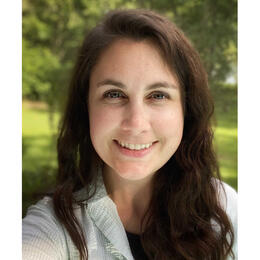After a windstorm brought down a Bald Eagle nest at Anclote Key State Park, staff at the park and Audubon Florida partnered with the Raptor Center of Tampa Bay to rescue a young eaglet.
The official Bald Eagle nesting season runs from October to May in Florida, although each year a few nests are still active into June and July. A protected species, Bald Eagles nest both in trees and on artificial structures, like cell phone towers. This particular nest at Anclote Key State Park could not withstand the strong coastal winds the first week of February, and the entire nest fell apart.
A watchful ranger and EagleWatch volunteer alerted Shawnlei Breeding, EagleWatch Program Coordinator for Audubon Florida, who immediately arranged care for the surviving, but injured, eaglet (the other eagle chick did not survive the fall). The state park ranger transported the bird to Raptor Center of Tampa Bay, who then further moved the eaglet to the Raptor Clinic at the Audubon Center for Birds of Prey in Maitland for additional treatment.
The Clinic team treated the eaglet for wounds incurred during the fall, but expect the chick will make a full recovery and a triumphant return back into the wild. The chick has joined a foster sibling in a nest in Tarpon Springs, and volunteers have spotted both foster parents taking care of the chicks.
“Partnerships like this literally save lives,” explains Katie Warner, Center Director, “We thank the vigilant rangers at the state park for bringing the chick to us, it is a survivor!”
The Audubon Center for Birds of Prey tends to more than 700 injured raptors each year. Since the Bald Eagle's removal from both the federal endangered species list and the state’s imperiled species list, Audubon Center for Birds of Prey programs have been critical in tracking information on the wild population of eagles. Through the Center’s rehabilitation programs, the Center has had a direct impact on Florida’s current eagle population, either through direct rehabilitation or through the offspring of birds treated and released by the Center. Since 1979, our team has released over 600 rehabilitated Bald Eagles back into the wild.
Learn more at cbop.audubon.org.





